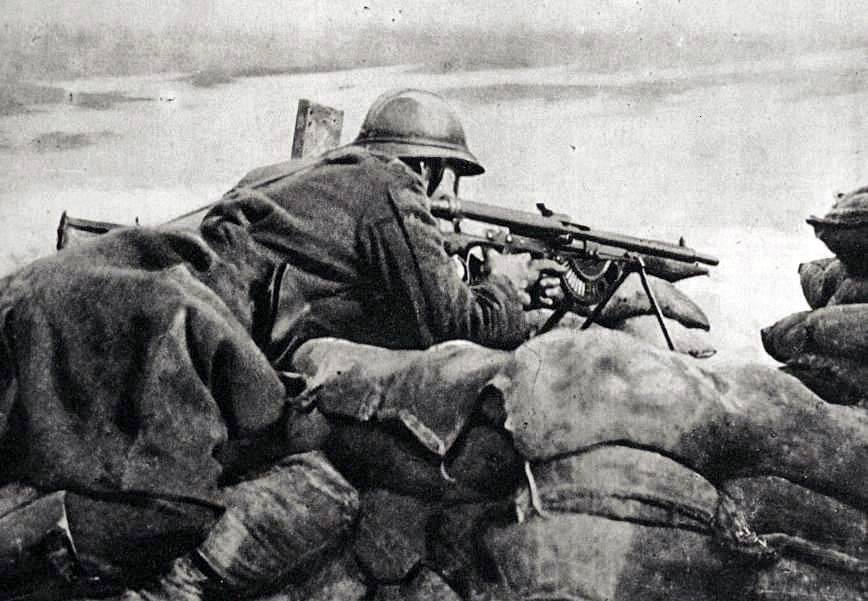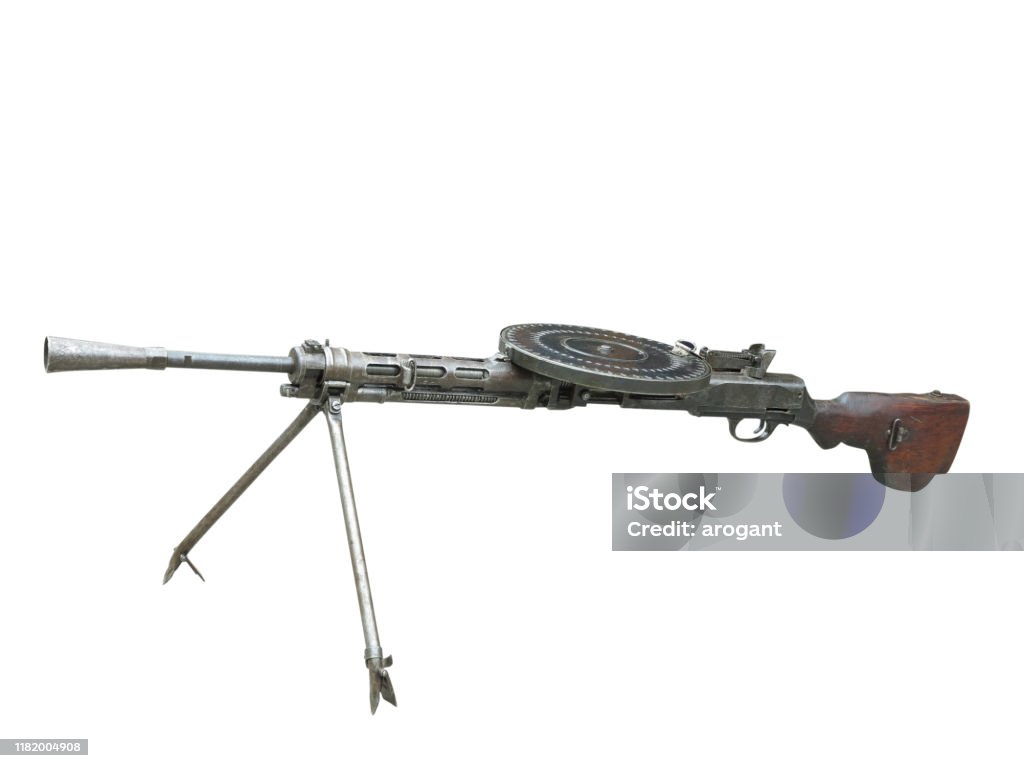World War I: Changes In Modern Warfare Things To Know Before You Get This
Depending upon the gunner and conditions, a barrel change could be needed as typically as every 200 to 250 rounds. When the hot barrel was gotten rid of, it was reserved up until it was cool enough to use again. Machine-gun groups would have as lots of as 6 spare barrels on hand.
Driving through a recently protected location in Belgium, the observant Liniewski found the abandoned weapon in a field. Liniewski then did what any unsupervised GI would have done in that position; he stopped his truck and took the chance to snag a terrific memento for the folks back home. As an assistance soldier, Liniewski was not familiar enough with weapons to dismantle his MG-42, so he held on to it for a while up until he found a camp where German detainees of war were being held.
The weapon remained in the Liniewski family until 2016 when his boy Marty donated the weapon to the Museum. In spite of its tendency to overheat, the MG-42 was an exceptional weapon that was light-years of ahead of the United States counterpart, the Browning M-1919A4 gatling gun. Germany produced roughly 400,000 MG-42s throughout the war, a few of which are still in active service.
Taken together, all these weapons provided the Red Army a more practical variety of support weapons, much better able to challenge the Germans for fire supremacy on the battleground. Totally detailed, this study discusses the technology and the tactics of these machine weapons. Kept in mind authority Chris Mc, Nab sets out how these gatling gun were distributed and tactically applied and provides numerous examples of the weapons in action, from attack groups on the streets of Stalingrad to tank crews struggling for survival at Kursk.
The 9-Minute Rule for The Five Worst Light Machine Guns (Lmgs)
Illustrated with top quality photographs and specifically commissioned artwork, this is a deep analysis of these necessary tools of warfare within the Soviet forces.
Taken together, all these weapons provided the Red Army a more practical variety of support weapons, much better able to challenge the Germans for fire superiority on the battleground. Completely illustrated, this study explains the innovation and the strategies of these gatling gun. Kept in mind authority Chris Mc, Nab sets out how these gatling gun were distributed and tactically used and offers many examples of the weapons in action, from assault groups on the streets of Stalingrad to tank teams struggling for survival at Kursk.
Illustrated with high-quality photos and specifically commissioned art work, this is a deep analysis of these necessary tools of warfare within the Soviet forces.
The gatling gun company, commanded by a captain, had an assigned strength of six commissioned officers and 172 enlisted males, and carried 16 guns, four of which were spares. Within the company there were three armies and a headquarters section. A first lieutenant led the first platoon, while second lieutenants led platoons two and three.
Examine This Report about 5 Deadliest Machine Guns Of World War I


Within each section were two weapon teams, each with one weapon and 9 males, led by corporals. The gun squad had one combat cart, pulled by a mule, to transfer its gun and ammo as near the shooting position as opponent fire permitted. From there the teams moved the weapons and ammunition forward by hand.
It had just 2 business, identical to the other device gun companies in terms of workers and weapons. Each weapon team utilized a special motor vehicle to transfer its personnel, weapon and equipment.
In this function the weapons were put 300 to 1000 meters to the rear of the front line. When they employed their weapons because fashion, the machine gun officers typically faced opposition from the rifle business commanders, who preferred to have the weapons further forward, fearing that their infantrymen would be at danger of stray low rounds as they advanced under the overhead machine weapon fire.
They quickly discovered that the machine weapons were high concern targets for enemy fire, and that it was beneficial to have the guns at some range from the infantry positions. Considering that enemy maker weapons positioned the best hazard to the attacking troops, the maker gun teams made every effort to locate the opponent guns and to focus their fire upon them.
Military Technology In World War I Things To Know Before You Buy
A proportion of the guns was kept back as a reserve under command of the machine weapon officer. 6Machine gun tactical doctrine determined that in the defense the Hotchkiss guns must only seldom lie within 100 yards of the cutting edge which at least two-thirds of the weapons should be echeloned back through the entire protective position, situated so that nearby weapons would be equally supporting.

7 To find other functions on the see our THE DOUGHBOY CENTER wants to constantly expand this feature. Additions and talk about these pages might be directed to:.
I was impaled on this. My only fear was that he would press the trigger which would have made a hell of a mess. In the meantime, my sergeant who was near he saw me; can be found in close; shot the fellow and after that hoisted me, with the help of another man, off the bayonet.
A bayonet wound straight it goes in it harms and the withdrawal is probably even more distress than the 'putting in' because the 'putting in' is rapid. Another type of weapon was the trench club.